Airbus A320 family
The Airbus A320 family is a series of narrow-body airliners developed and produced by Airbus. The A320 was launched in March 1984, first flew on 22 February 1987, and was introduced in April 1988 by Air France. The first member of the family was followed by the stretched A321 (first delivered in January 1994), the shorter A319 (April 1996), and the even shorter A318 (July 2003). Final assembly takes place in Toulouse in France; Hamburg in Germany; Tianjin in China since 2009; and Mobile, Alabama in the United States since April 2016.

An A320 prototype in flight: a low-wing airliner with twin underwing turbofans
The twinjet has a six-abreast economy cross-section and came with either CFM56 or IAE V2500 turbofan engines, except the CFM56/PW6000 powered A318. The family pioneered the use of digital fly-by-wire and side-stick flight controls in airliners. Variants offer maximum take-off weights from 68 to 93.5 tonnes (150,000 to 206,000 lb), to cover a 5,740–6,940 kilometres; 3,570–4,320 miles (3,100–3,750 nmi) range. The 31.4 m (103 ft) long A318 typically accommodates 107 to 132 passengers. The 124-156 seat A319 is 33.8 m (111 ft) long. The A320 is 37.6 m (123 ft) long and can accommodate 150 to 186 passengers. The 44.5 m (146 ft) A321 offers 185 to 230 seats. The Airbus Corporate Jets are business jet versions.
In December 2010, Airbus announced the re-engined A320neo (new engine option), which entered service with Lufthansa in January 2016. With more efficient turbofans and improvements including sharklets, it offers up to 15% better fuel economy. The previous A320 generation is now called A320ceo (current engine option).
American Airlines is the largest A320 operator with 479 aircraft in its fleet, while IndiGo is the largest customer with 930 aircraft on order. In October 2019, the A320 family surpassed the Boeing 737 to become the highest-selling airliner. As of June 2024, a total of 18,652 A320 family aircraft had been ordered and 11,524 delivered, of which 10,756 aircraft were in service with more than 350 operators. The global A320 fleet had completed more than 176 million flights over 328 million block hours since its entry into service. The A320ceo initially competed with the 737 Classic and the MD-80, then their successors, the 737 Next Generation and the MD-90 respectively, while the 737 MAX is Boeing's response to the A320neo.
Air France Flight 296Q
Air France Flight 296Q was a chartered flight of a new Airbus A320-111 operated by Air Charter International for Air France.[1] On 26 June 1988, the plane crashed while making a low pass over Mulhouse–Habsheim Airfield (ICAO airport code LFGB) as part of the Habsheim Air Show. Most of the crash sequence, which occurred in front of several thousand spectators, was caught on video.
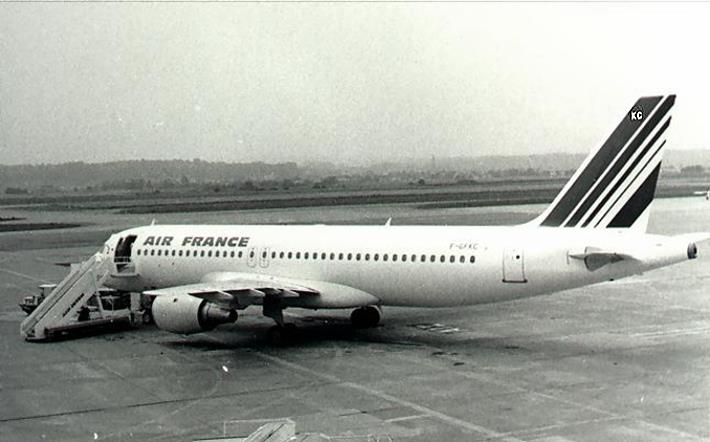
F-GFKC, the Airbus A320 involved in the accident
This particular flight was the A320's first passenger flight and most of those on board were journalists and raffle competition winners, having won tickets as part of a promotional event by local businesses. Many, including several unaccompanied children, had never previously been on an airplane. The low-speed flyover, with landing gear down, was supposed to take place at an altitude of 100 feet (30 m); instead, the plane performed the flyover at 30 ft (9 m), skimmed the treetops of the forest at the end of the runway (which had not been shown on the airport map given to the pilots) and crashed. All 136 passengers survived the initial impact, but 3 then died of smoke inhalation from the subsequent fire; a quadriplegic boy in seat 4F, a 7-year-old little girl in seat 8C, trapped by her seat being pushed forward and struggling to open the seatbelt, and an adult who, according to her partner, had reached the exit with him but then turned back to try help the 7 year old. (The child had been traveling with her older brother but seated apart; he was swept out by a flow of escapees as he tried to find his sister).
Official reports concluded that the pilots flew too low, too slow, failed to see the forest and accidentally flew into it. The captain, Michel Asseline, disputed the report and claimed an error in the fly-by-wire computer prevented him from applying thrust and pulling up. Five individuals, including the captain and first officer, were later found guilty of involuntary manslaughter. Captain Asseline, who maintained his innocence, went on to serve ten months in prison and a further ten months probation.
This was the first fatal crash of an Airbus A320.
Notes (in account)
Wow the account is last seen on 14 June 2024 but he's back!
Specifications
General Characteristics
- Predecessor A320-100 Airbus House (Old livery)
- Successors 1 airplane(s)
- Created On Android
- Wingspan 111.5ft (34.0m)
- Length 123.5ft (37.6m)
- Height 49.2ft (15.0m)
- Empty Weight N/A
- Loaded Weight 43,433lbs (19,701kg)
Performance
- Power/Weight Ratio 0.579
- Horse Power/Weight Ratio 0.069
- Wing Loading 27.6lbs/ft2 (134.9kg/m2)
- Wing Area 1,571.5ft2 (146.0m2)
- Drag Points 10128
Parts
- Number of Parts 504
- Control Surfaces 9
- Performance Cost 3,128

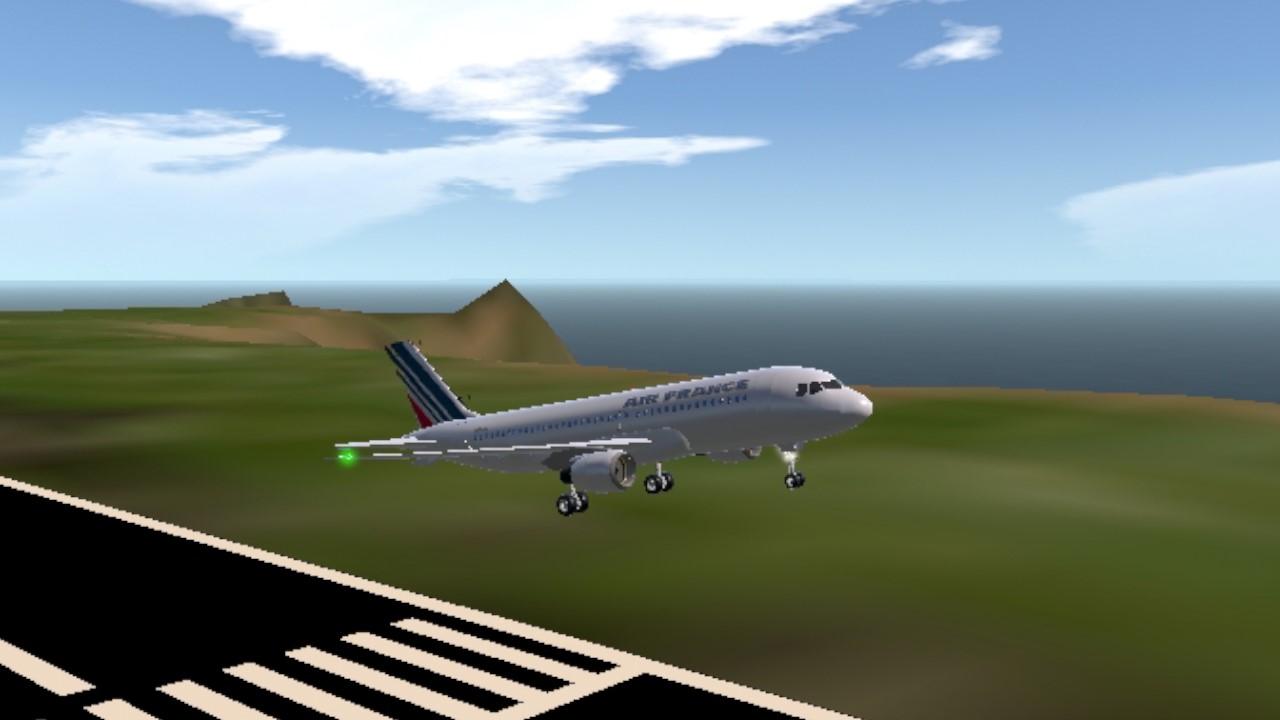
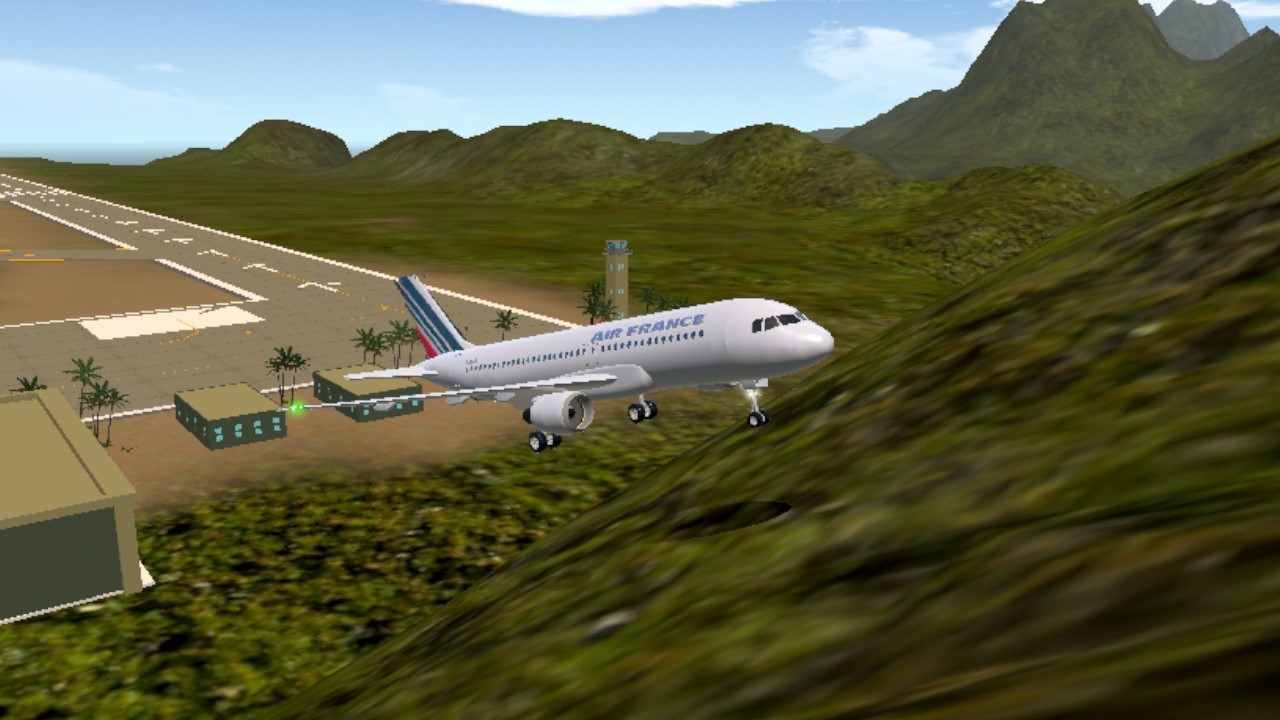
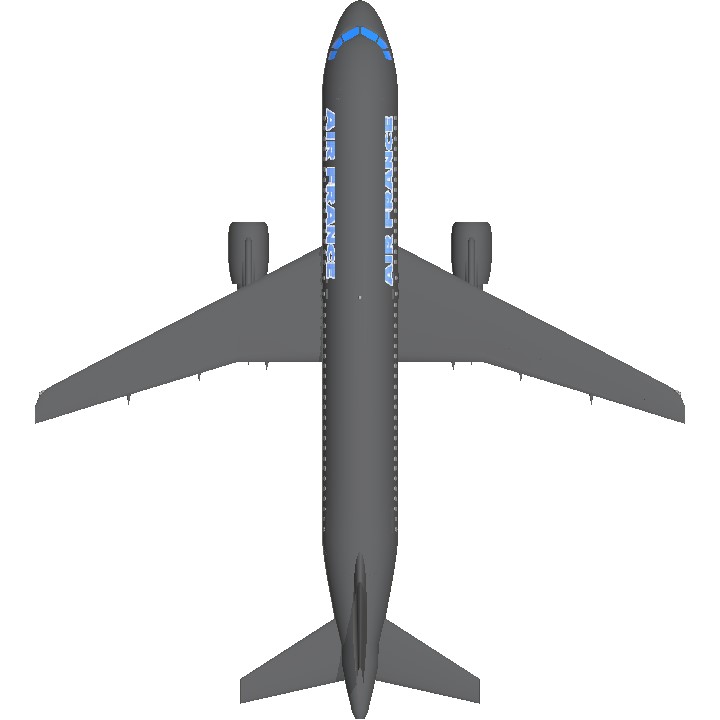
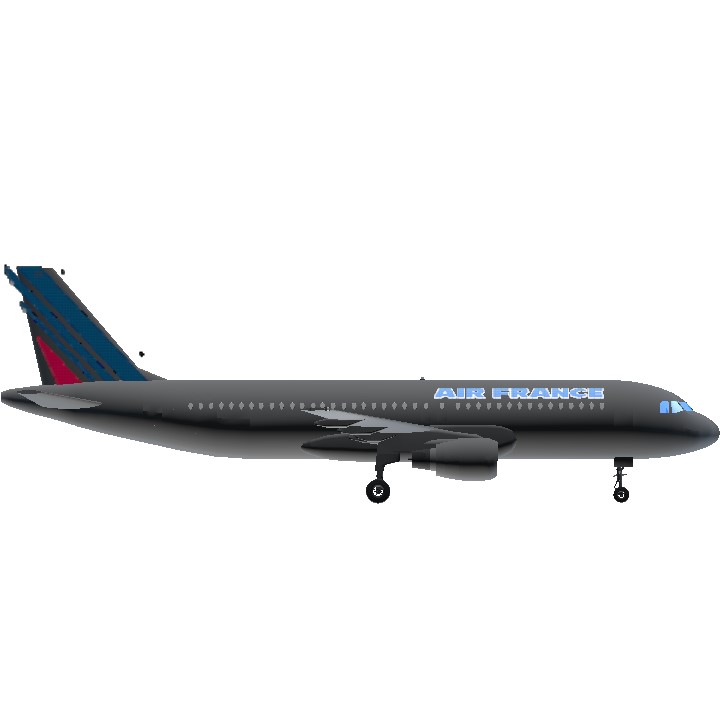
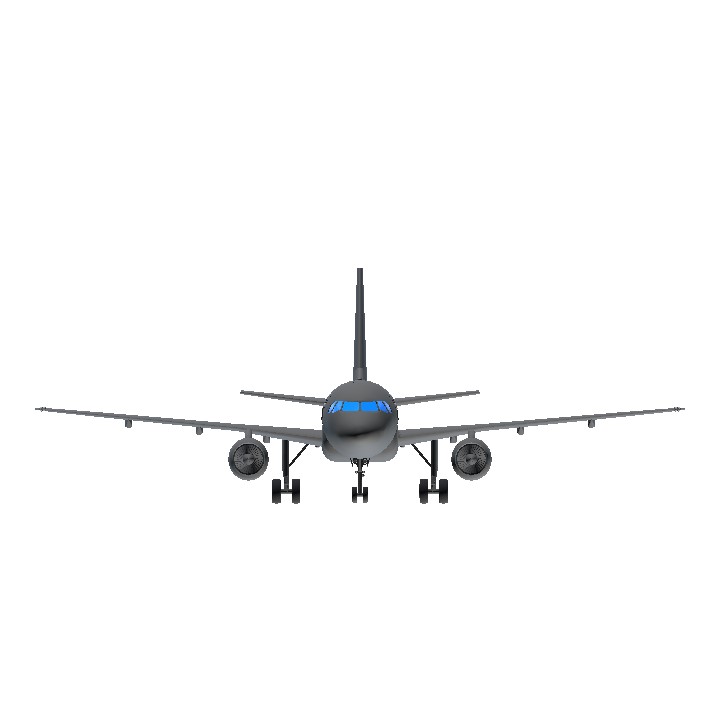
波 音 种 树 !!!